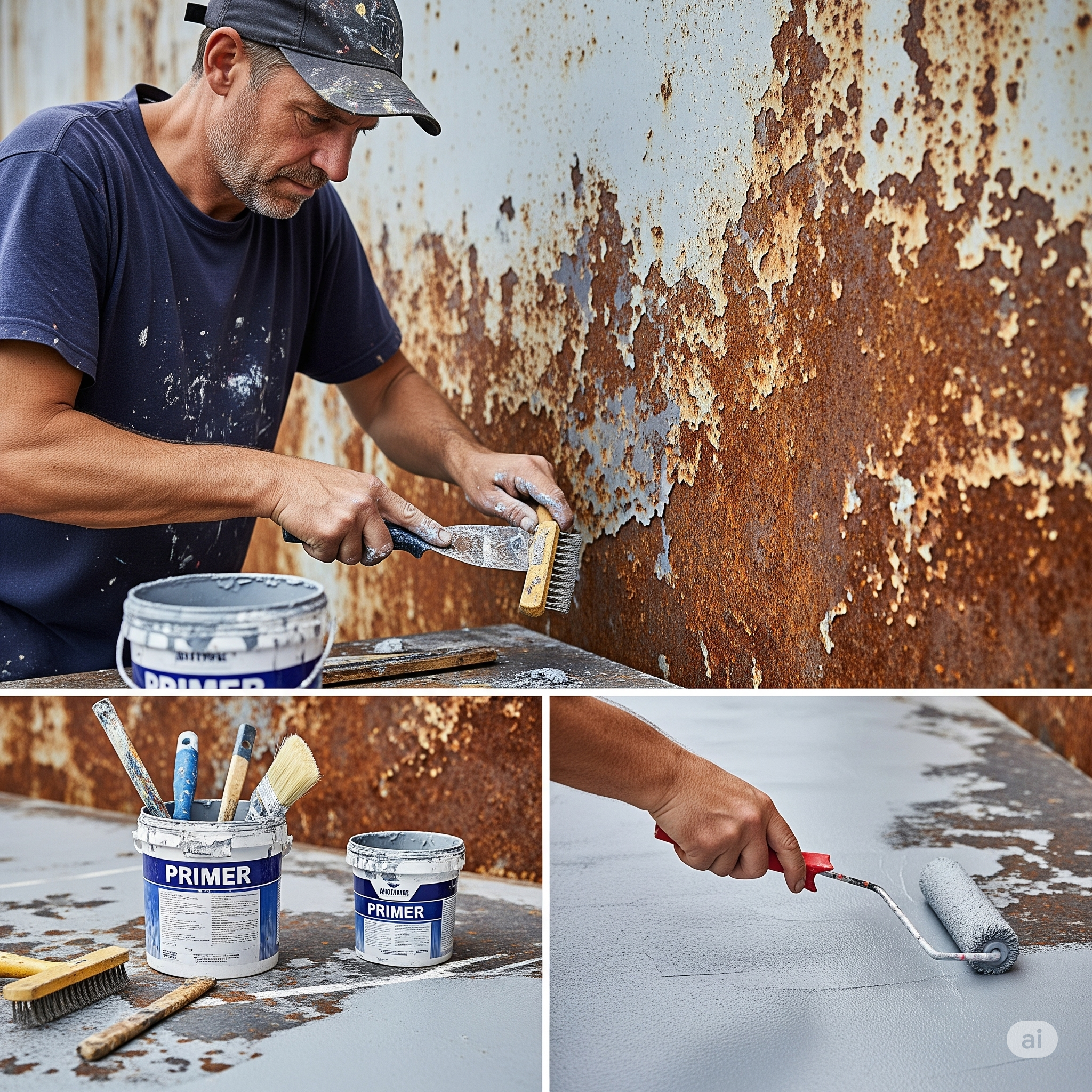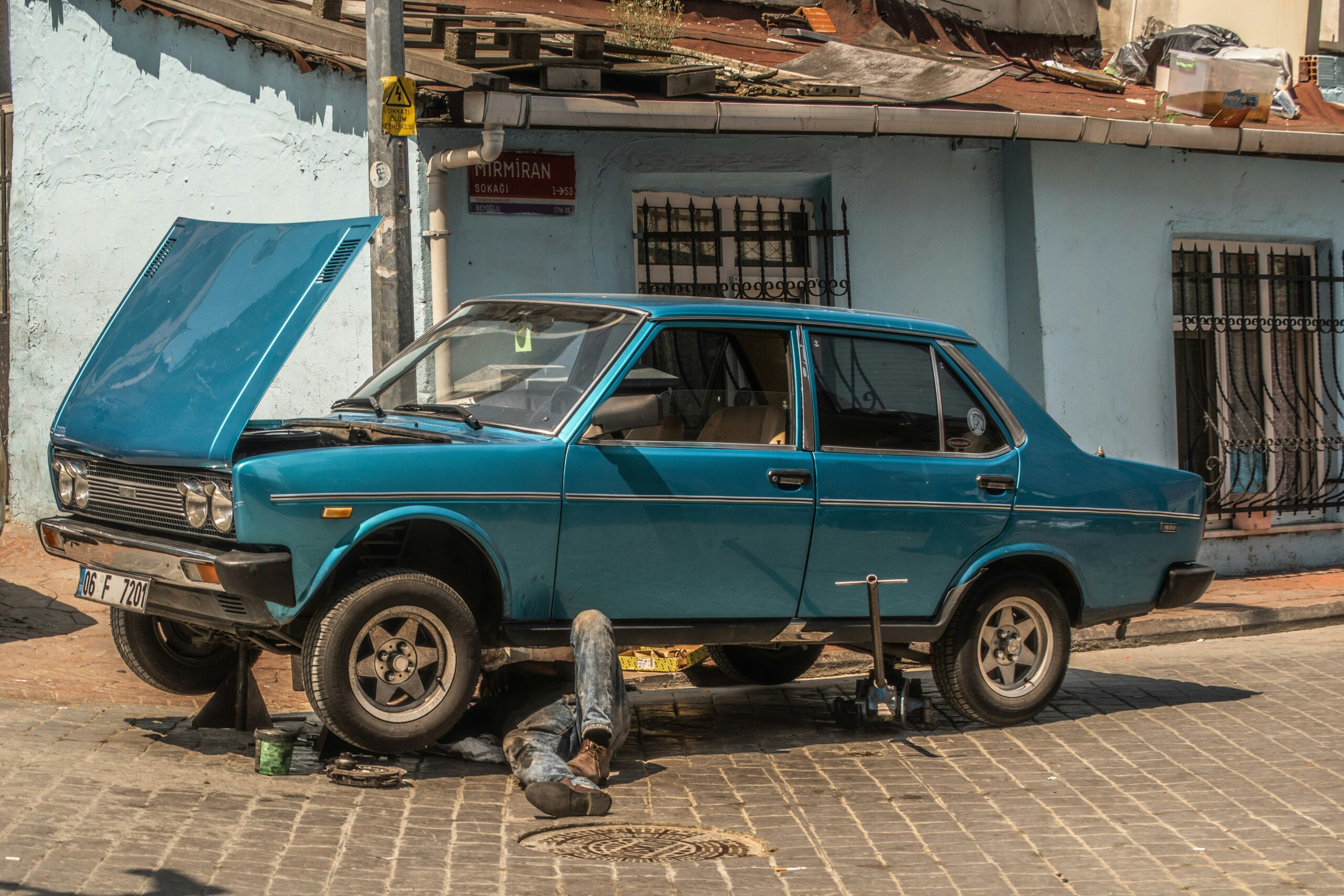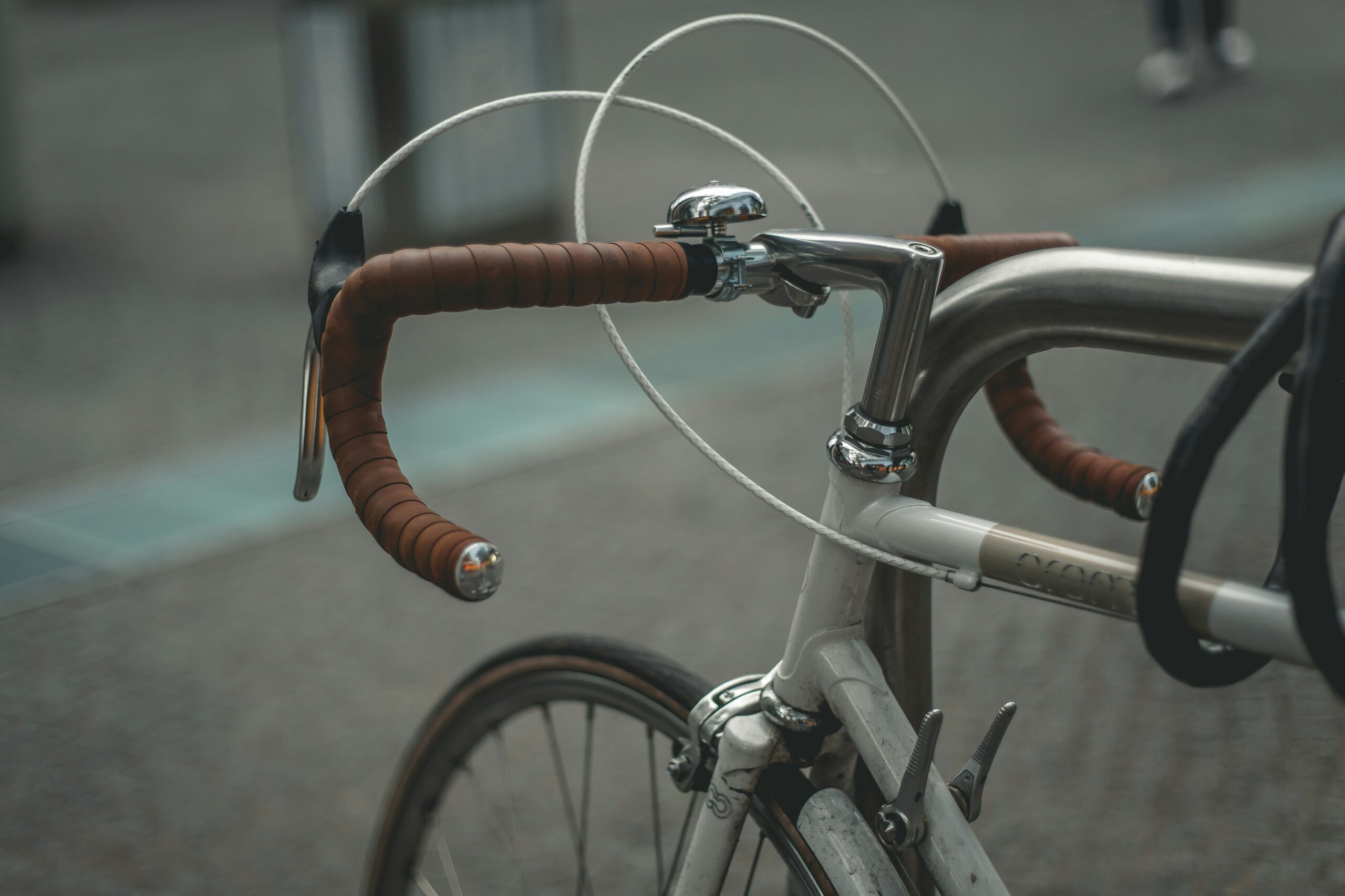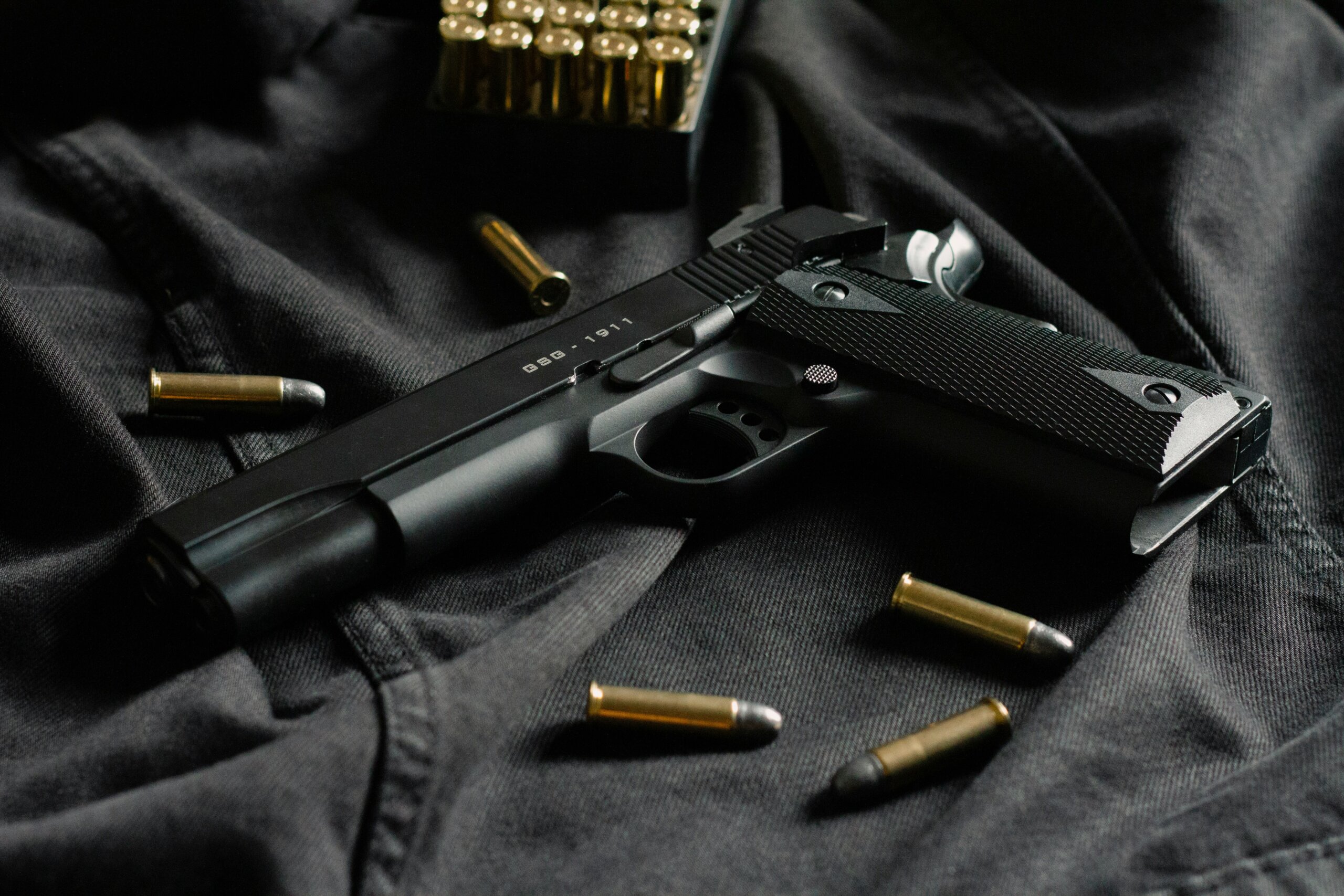Spraying plastics: How to spray bumpers, trims and interior
Do you want to paint a bumper or interior trim? We’ll advise you on how to properly prepare the plastic so that the paint sticks.
Why painting plastics is more challenging
Plastics are flexible, smooth and often treated with factory waxes. These properties hinder the adhesion of conventional sprays. If paint is applied to plastic without proper preparation and primer, it will soon crack or peel. The correct procedure is therefore the key to a long-lasting result.
Surface preparation
First of all, the plastic must be stripped of all dirt, grease and original layers of finish. It is recommended to:
- Thorough cleaning with warm water and degreasing agent.
- Degreasing the surface with a technical spray from the COLORIT range, for example Cosmos Lac cleaner.
- Gentle sanding of the surface with an abrasive sponge (400-600 grit). Sanding will help the paint to adhere better.
- Dusting with a dry, clean cloth.
Plastic Primer by Cosmoc Lac
Plastic without primer will not accept paint properly because it is too smooth and has poor adhesion. Cosmoc Lac'sPlastic Primer creates a thin layer that:
- It improves the adhesion of the topcoat.
- Provides flexibility so the paint does not crack when parts are bent.
- Protects the surface from moisture and UV rays.
Apply the primer in one or two thin coats and allow it to dry for at least 15 minutes at 20°C.
Paint application and painting
Once the primer has dried, you can proceed to painting. Recommended products from the COLORIT range:
- Cosmos Lac Premium RAL for precise shades and high gloss.
- Rustbreaker Top Coat for universal use on plastic and metal.
Apply the paint from a distance of 20-30 cm in smooth strokes, always applying several thin coats rather than one thick coat. Allow the paint to dry for 10-15 minutes after each coat. After the last coat, it is advisable to let the part dry for at least 24 hours to allow for full curing.
For added durability and shine, we recommend applying a transparent acrylic varnish to protect the paint from scratching and fading.
Practical tips
- Paint at a temperature between 18 and 25 °C. At lower temperatures, the paint dries less easily and can become cloudy.
- Do not underestimate masking. Protect the surrounding parts of the car with adhesive tape and foil.
- Test the spray sideways. A short test spray on cardboard will help you set the correct pressure and distance.
- Interior plastics often require a matte or satin effect. Cosmos Lac and Rustbreaker also have matte spray options that don't reflect and look natural.
Painting plastic car parts is not difficult if you choose the right process and products. You can't do without primer because it is what ensures the durability and resistance of the paint. COLORIT offers a complete solution from Plastic Primer Rustbreaker to the final topcoats Cosmos Lac or Rustbreaker, with which you can get a professional result even at home.



